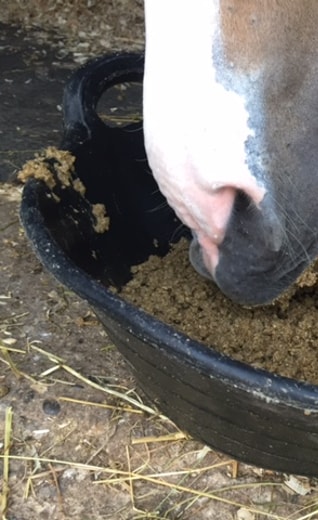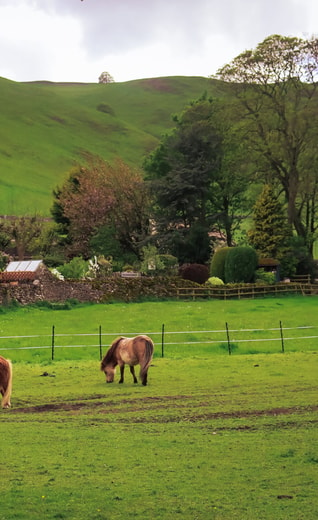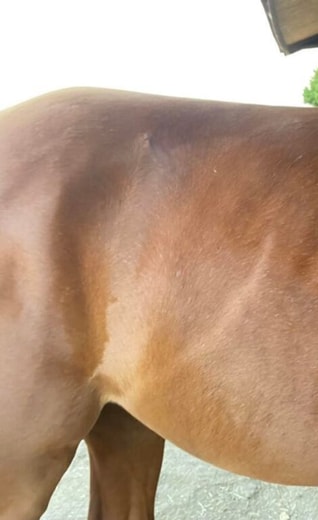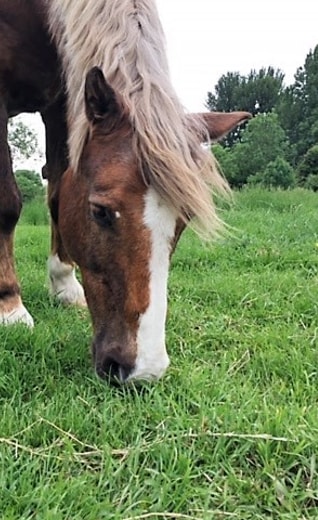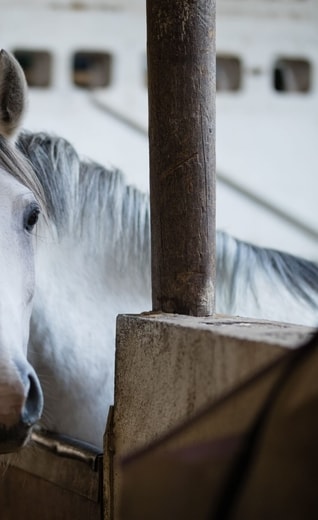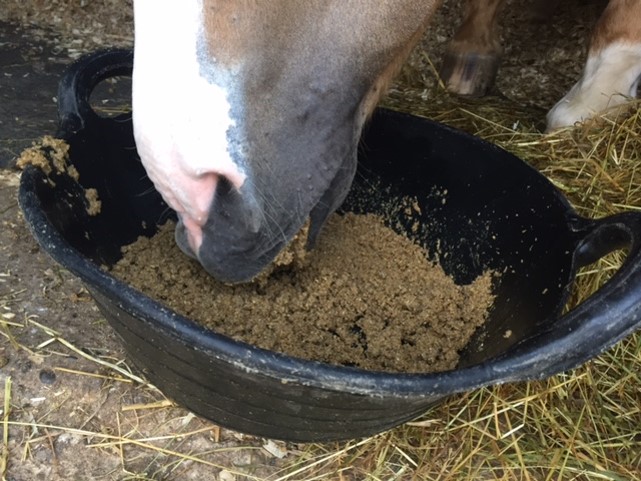
Ultimate Tips For Feeding Hay Replacers To Horses | Spillers Feeds
During winter, many owners will be thinking about supplementing their horse’s grazing with additional forage. If poor teeth or clinical conditions such as laminitis mean that hay and haylage are no longer suitable, a hay replacer will be essential.
Choosing a hay replacer
- 1. Where possible, choose short chopped fibres to help extend eating time.
- 2. If your horse is no longer able to manage short chopped fibre, look for feeds that can be soaked to make a mash.
- 3. Some products are only suitable for feeding as partial hay replacers, these include sugar beet and ‘pure’ alfalfa pellets/ chaffs.
- 4. Avoid grass based products for laminitics as they may contain high levels of water soluble carbohydrate.
- 5. Check whether your chosen hay replacer(s) contains added vitamins and minerals to ensure your horse’s diet is balanced without feeding unsuitably high levels of any vitamins and minerals that can be harmful if over-supplied – a nutritionist will be able to offer more advice on this.

Tips for feeding hay replacers
- 1. All hay replacers should be introduced gradually.
- 2. Divide hay replacers into a minimum of 4 meals for those without access to grazing. Try to ensure the first and last meals of the day are given as early/ late as possible to avoid long periods without forage overnight.
- 3. Always weigh your feed(s) before soaking.
- 4. As a guide, a Stubbs scoop of short chopped fibre weighs approximately 300-500g whereas the same scoop of a pelleted option (such as grass nuts or alfalfa pellets) weighs approximately 2kg.
- 5. Field kept horses may need to be turned out individually or separated at meal times.
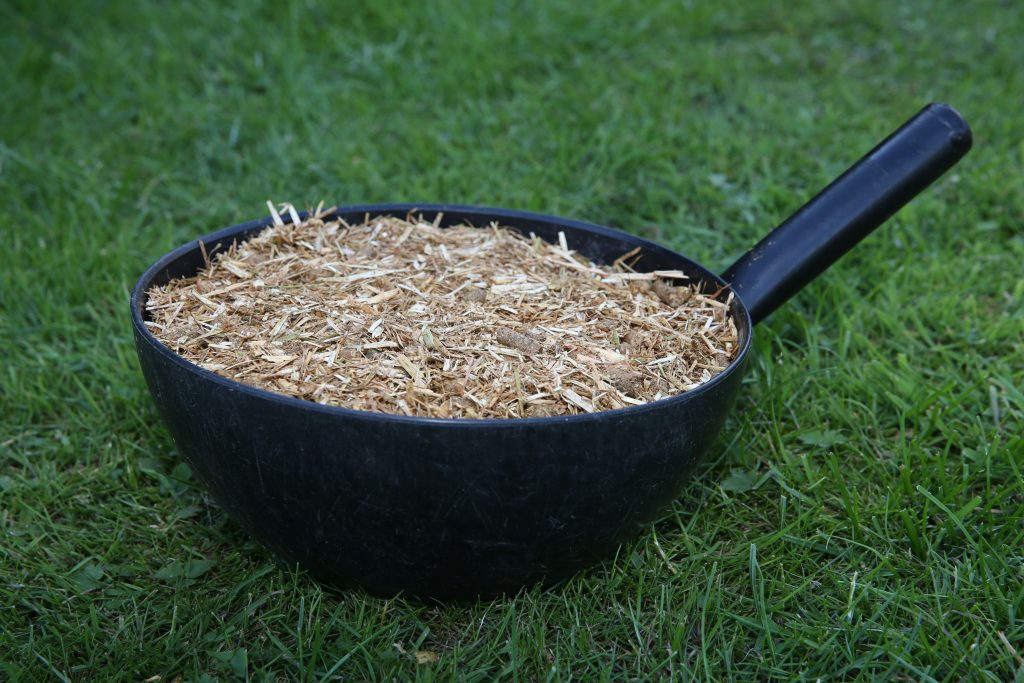
Feeding rate
Ideally hay replacers should be fed ad lib although this may not be practical for good doers. Equally, weighing your horse’s ration, at least to start with, is a good way of ensuring you are feeding enough. As a general guide, 1kg of hay replacer can be used to replace 1kg of hay. Total forage intake should not be restricted to less than 1.5% of current bodyweight per day on a dry matter basis. In practice, this equates to around 8.5-9kg of hay replacer for a 500kg horse with no grazing once you've accounted for the water content (all forage and forage replacers contain some water which doesn't count towards the horse's forage intake). However, these are minimum amounts and some horses and ponies will need more than this - speak to a nutritionist for more advice.
SPILLERS hay replacers
The following products are suitable for feeding as full or partial hay replacers and contain added vitamins and minerals to balance the diet:
SPILLERS SPEEDY-MASH Fibre is quick soaking sugar beet blend ideal for horses and ponies unable to chew short chop fibre. It is also suitable for laminitics.
SPILLERS Senior Super-Mash a 'medium calorie', quick soaking fibre blend suitable for those prone to laminitis.
SPILLERS HAPPY HOOF and HAPPY HOOF Molasses Free are low calorie, short chop fibres ideal for laminitics.
SPILLERS High Fibre Cubes are low in calories and can be soaked in warm water to make a mash.
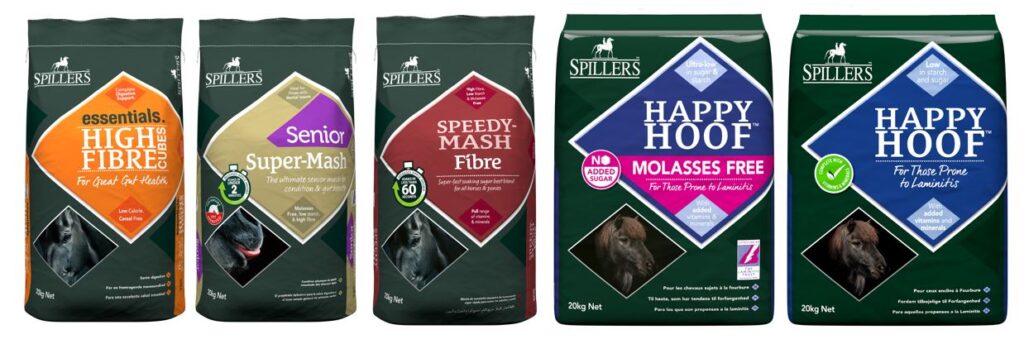
For more advice on feeding a hay replacer contact the SPILLERS Care-Line
